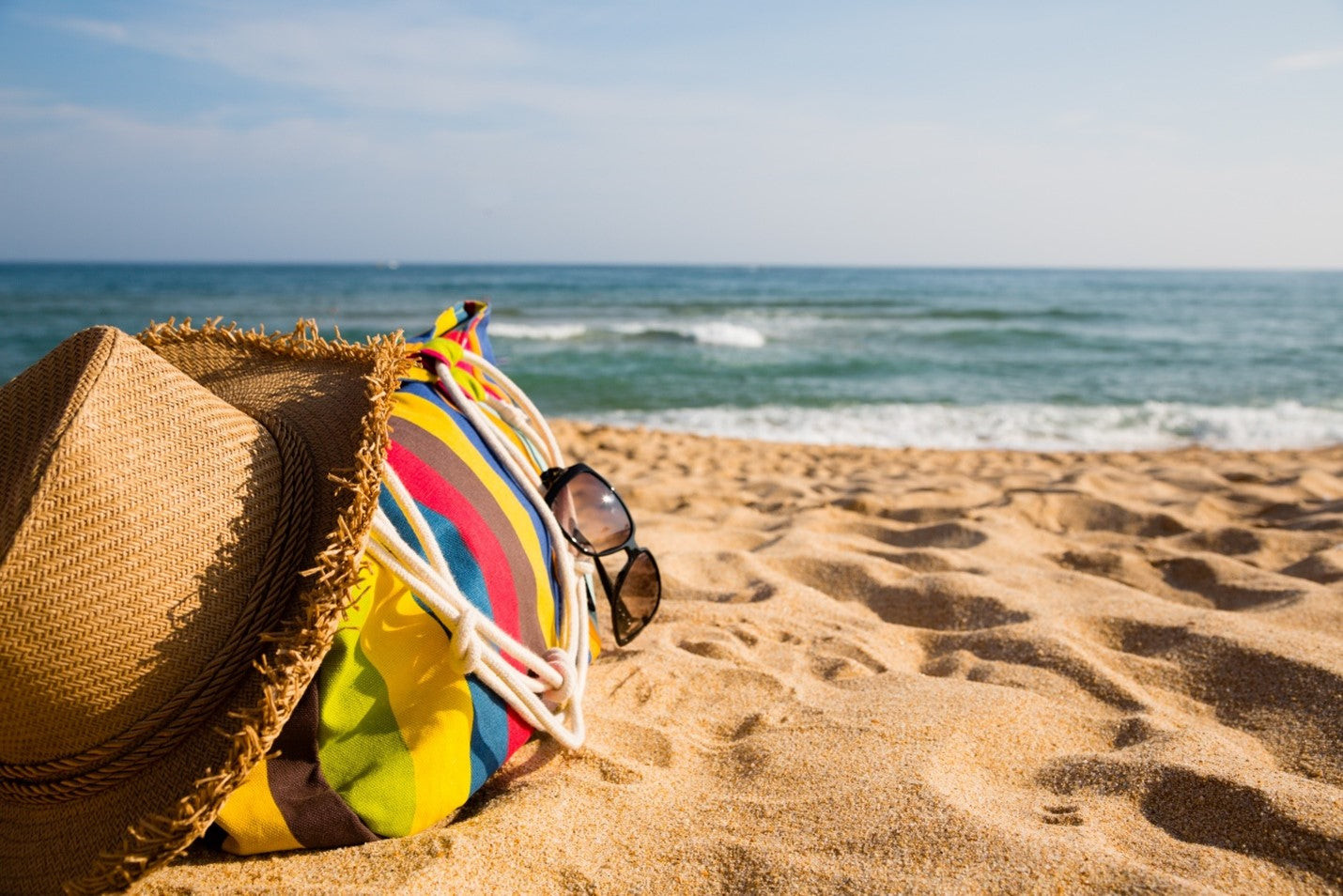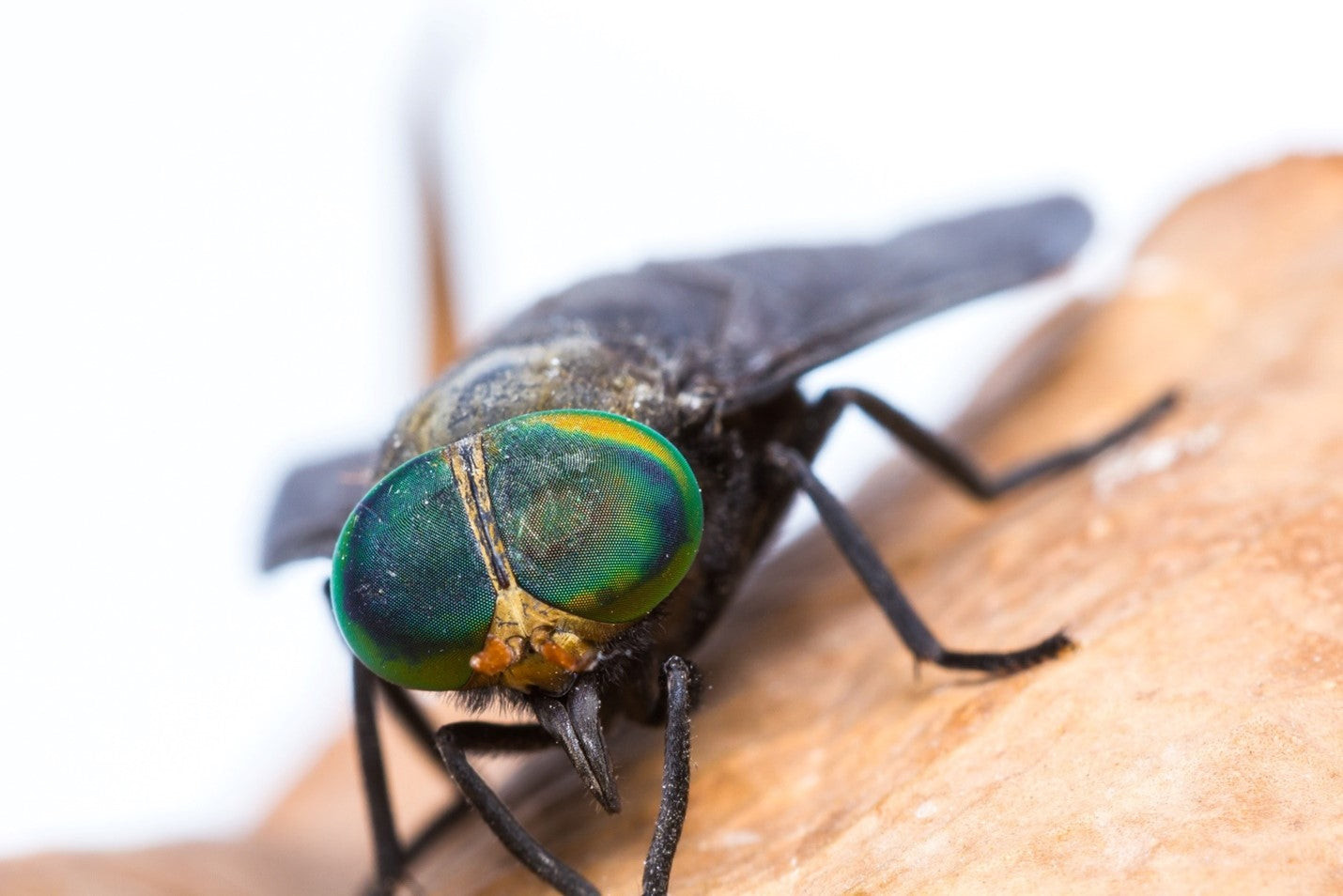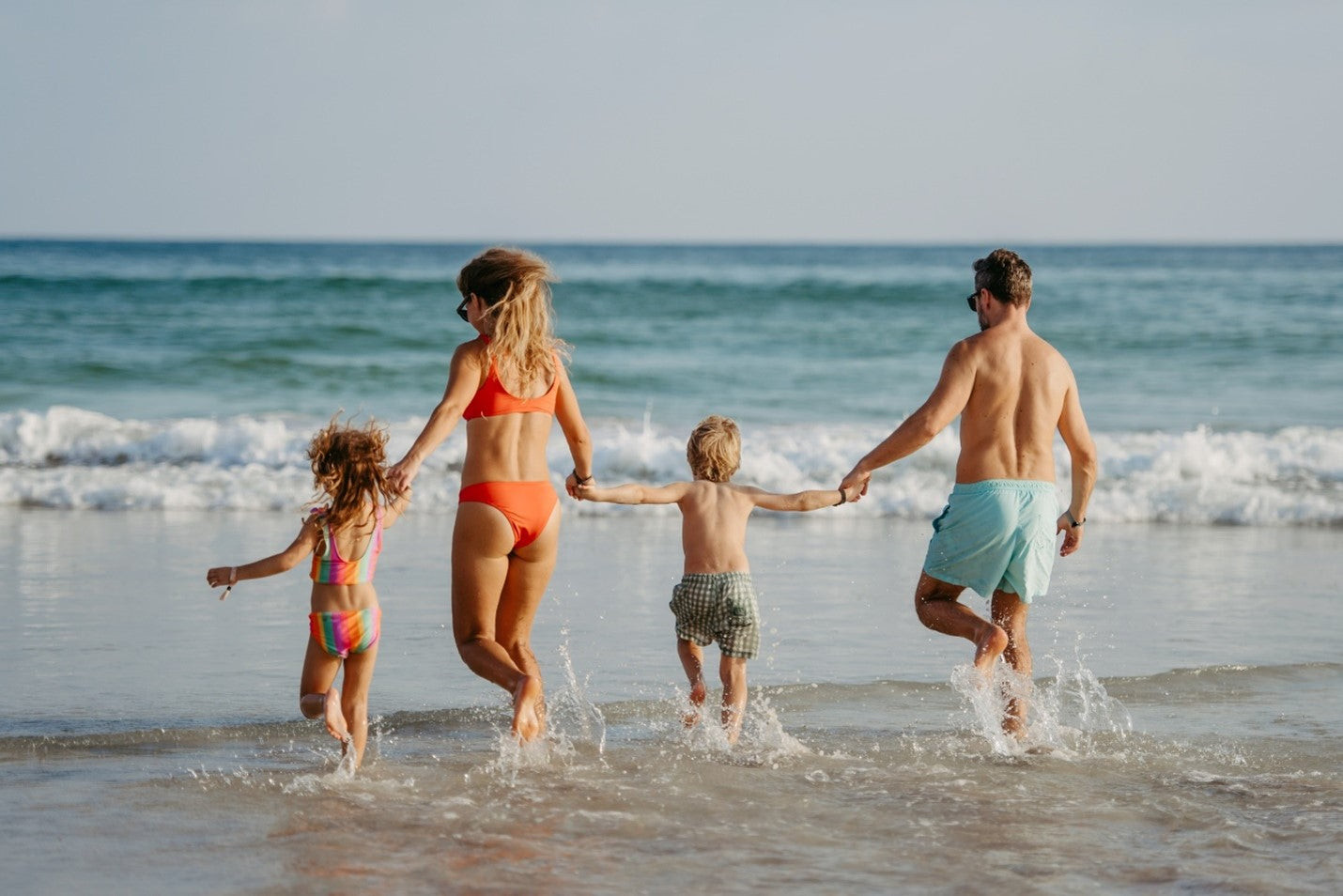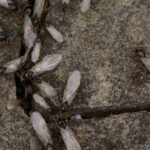Planning an idyllic day outdoors can quickly be disrupted by the unwelcome annoyance of biting flies. Whether you’re at the beach, in your backyard, or enjoying a hike, these persistent pests can ruin your experience with their painful bites. Understanding what attracts these flies and, more importantly, How To Repel Biting Flies is crucial for reclaiming your outdoor enjoyment.
Biting flies are not just a nuisance; they can cause itchy welts and persistent irritation. Two main types of biting flies often plague outdoor enthusiasts: sand flies (also known as no-see-ums or biting midges) and larger beach or horse flies. Sand flies are tiny and almost invisible, commonly found in coastal areas, while horse flies are larger, resembling house flies but with distinctive green heads and a more potent bite. Both thrive in warm, humid environments, making beaches, marshes, and dunes ideal breeding grounds. These flies are most active during daylight hours, coinciding with peak outdoor activity times for humans. They are attracted to the carbon dioxide we exhale and our body heat, relentlessly pursuing their next meal, leaving behind itchy and sometimes painful bites.
 Beachgoers relaxing on the sand, unaware of biting flies.
Beachgoers relaxing on the sand, unaware of biting flies.
Fortunately, you don’t have to surrender to these biting pests. Effective strategies exist to significantly reduce their presence and protect yourself. One of the simplest methods to repel biting flies is to create a physical barrier. Wearing light-colored, tightly woven clothing, including long-sleeved shirts, pants, and hats, minimizes exposed skin, making it harder for flies to access you. Light colors are less attractive to many insects, offering an added advantage.
Another potent way to repel biting flies is by utilizing scents they dislike. Natural insect repellents containing essential oils are an excellent choice. Look for sprays formulated with lavender, tea tree, eucalyptus, citronella, or peppermint oils. These natural ingredients are known to effectively deter biting flies. Remember to reapply repellent frequently, especially after swimming or sweating, to maintain consistent protection.
 A close up of biting horse flies, common pests on beaches.
A close up of biting horse flies, common pests on beaches.
Creating airflow is another surprisingly effective tactic to repel biting flies. Biting flies are weak fliers and struggle in even a gentle breeze. Bringing a portable fan can create a personal no-fly zone, keeping you cool and simultaneously deterring these pests from landing. Positioning yourself in naturally breezy areas can also offer relief.
Furthermore, consider the timing and location of your outdoor activities. Biting flies are most active during the warmer parts of the day and in humid, still environments. If possible, schedule outdoor activities for cooler times of the day, such as early morning or late afternoon, when fly activity is typically reduced. Choosing locations with less humidity and more open spaces with natural breezes can also minimize encounters.
 Using natural bug spray to repel biting flies while enjoying the outdoors.
Using natural bug spray to repel biting flies while enjoying the outdoors.
For a more comprehensive approach to repel biting flies and other flying insects, consider portable misting systems. These systems release a fine mist of repellent, creating a protective barrier over a larger area. While this might be more suitable for stationary activities like backyard gatherings or camping, it offers a robust solution for persistent pest problems.
By implementing these strategies, from simple clothing choices and natural repellents to airflow and timing considerations, you can effectively repel biting flies and reclaim your outdoor spaces for enjoyable, bite-free experiences.
